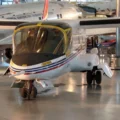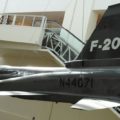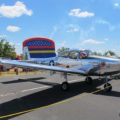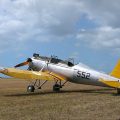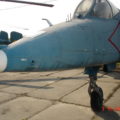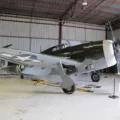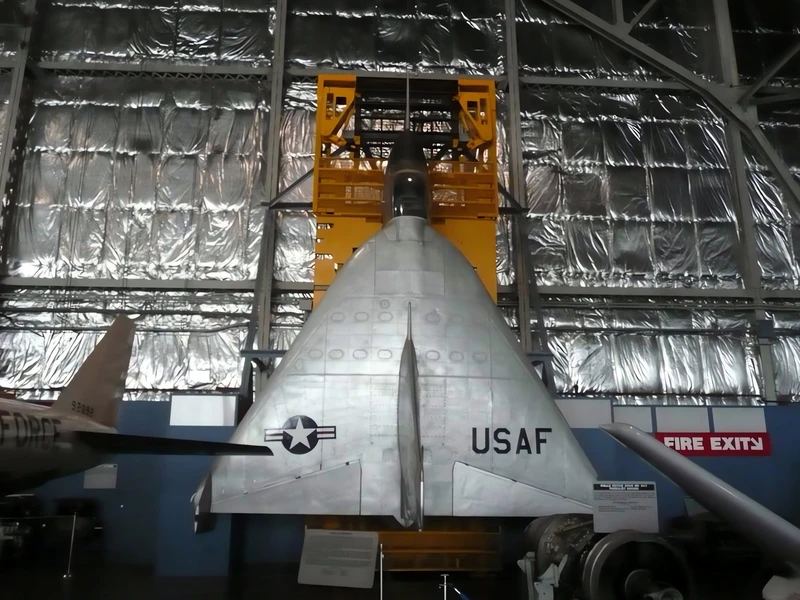
Ryan X-13 Vertijet | |
|---|---|
| Země | SPOJENÉ STÁTY |
| Roli | Experimentální proudový letoun VTOL |
| První let | 10. prosince 1955 |
| Postaven | 2 |
Tá Ryan X-13 Vertijet (firemní označení Model 69) byl experimentální proudový letoun s vertikálním vzletem a přistáním (VTOL) létající ve Spojených státech v 50. letech 20. století. Hlavním cílem projektu bylo prokázat schopnost čistě proudového letadla vertikálně vzlétat, vznášet se, přecházet do horizontálního dopředného letu a vertikálně přistávat.
| Ryan X-13 Vertijet Procházka Kolem | |
|---|---|
| Fotografů | Vladimir Jakubov |
| Lokalizace | Národní muzeum USAF |
| Fotografie | 96 |
| Ryan X-13 Walk Around | |
|---|---|
| Fotograf | Howard Mason |
| Lokalizace | Neznámé |
| Fotografie | 38 |
Viz také:
Tá Ryan X-13 Vertijet byl experimentální proudový letoun, který mohl vzlétat a přistávat vertikálně. Byl postaven společností Ryan Aeronautical Company v roce 1950 pro letectvo Spojených států amerických. Hlavním cílem projektu bylo otestovat proveditelnost čistě proudového letounu, který by mohl operovat z malých plošin nebo ponorek.
X-13 Vertijet měl delta křídlo s plochými koncovými deskami a jeden proudový motor Rolls-Royce Avon, který produkoval tah 44,6 kN. Motor měl variabilní trysku, kterou bylo možné naklonit, aby poskytovala kontrolu sklonu a vybočení v režimu vznášení. Konce křídel měly malé trysky, které zajišťovaly řízení náklonu. Příď letadla měla hák a výsuvnou tyč, která pomáhala pilotovi vyrovnat se s vertikální korbou přívěsu, která sloužila jako přistávací plošina. Přívěs mohl být spuštěn do vodorovné polohy pro pozemní přepravu.
První prototyp X-13 Vertijet uskutečnil svůj první horizontální let 10. prosince 1955 s použitím dočasného podvozku. Později provedl několik přechodů z horizontálního do vertikálního letu a zpět ve vysoké nadmořské výšce. Podvozek byl poté nahrazen ocasní konstrukcí, která držela letoun ve svislé poloze na zemi. Druhý prototyp uskutečnil první kompletní cyklus vertikálního vzletu, přechodu na horizontální let, přechodu na vertikální let a vertikálního přistání 11. dubna 1957.
X-13 Vertijet demonstroval technickou proveditelnost proudových letounů VTOL, ale měl omezenou praktickou hodnotu kvůli svému nízkému výkonu, vysoké spotřebě paliva a složitému provozu. Projekt byl zrušen v roce 1957 poté, co byly postaveny a otestovány dva prototypy. Dvě přeživší letadla jsou vystavena v Národním muzeu letectva Spojených států a v muzeu letectví a kosmonautiky v San Diegu.
Počet zobrazení: 866


